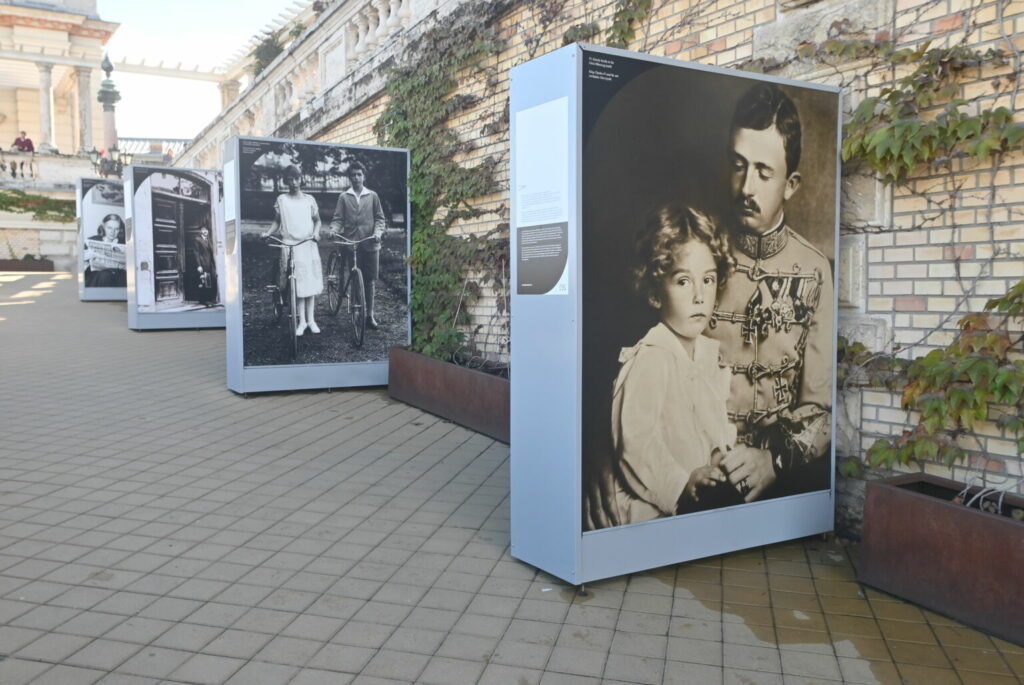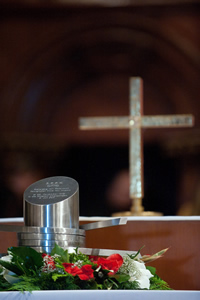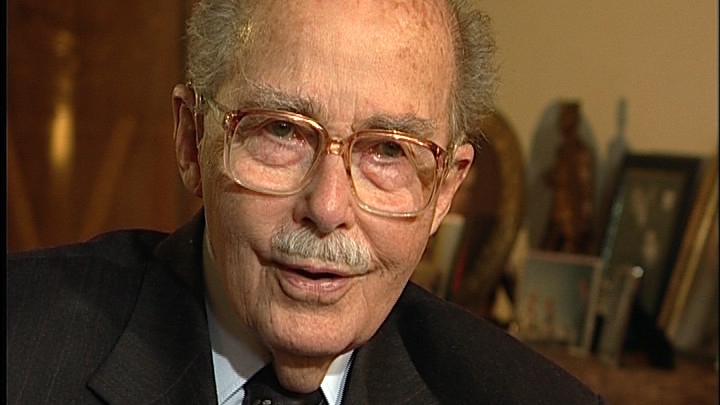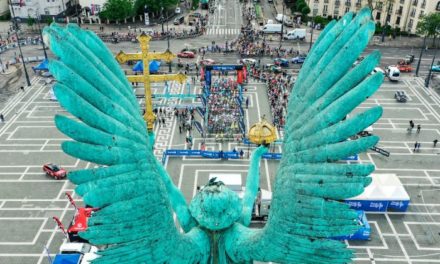On the occasion of the 110th anniversary of the birth of the last Hungarian heir to the throne, the Habsburg Ottó Foundation is preparing a series of large-scale events, the first stop of which is a photo exhibition presenting the life and work of the heir to the throne in the Castle Garden Bazaar.
Gergely Fodor, the government commissioner responsible for the renewal of the Budavári Palace Quarter, the Várkapitányság NZrt. the chairman of the board of directors emphasized at the opening that the Hungarian government is repaying its "debt" to Ottó Habsburg by restoring the buildings of Buda Castle to their original splendor.

From Palace to Parliament - a photo exhibition titled Otto Habsburg born 110 years ago opened in the Castle Garden Bazaar (Photo: Gábor Tóth, Vasarnap.hu)
"Otto was the eldest son of the last emperor, Károly, who, living a commonplace, would probably have been the best ruler of the Habsburgs. However, Otto's excellence was primarily due not to the fact that he was a Habsburg, but to the fact that he was a committed supporter of European peace and the Catholic Church, and he took up countless issues as a member of the European Parliament," praised the last Habsburg heir to the throne, Martyn Rady, Slavic and Eastern European University of London. Professor emeritus of the Institute of Studies, whose comprehensive monograph A Habsburgok - A világ urai, which was a great success abroad, was also published in Hungarian this year.
Otto Habsburg was born in 1912, and after the Sarajevo assassination (1914) against the heir to the throne Ferenc Ferdinand and the death of Emperor Ferenc József I (1916), it soon became clear: the then-crowned King IV. After Károly, he will be the heir to the throne. Although he could never lead his people from the palace as a result of the historical changes of the 20th century, he did everything he could to ensure that a united Europe based on Christian civilization was fulfilled within a parliamentary framework.

Heart urn of Ottó Habsburg/Source: MTI/Szilárd Koszticsák
At first, Otto Habsburg strove for restoration, but the threat of autocratic regimes made him realize that he had to put the fight against them above the interests of the dynasty. In 1979, he became a member of the European Parliament, and for twenty years he represented the matters important to him with increasing authority. After the regime change, its main objective became the support and economic catch-up of the post-communist countries, including Hungary. Thus, nearly seventy years ago, his father, IV. After Károly's death, he could represent Hungary's interests as a member of the European Parliament instead of the royal palace.
The open-air photo exhibition presenting the life of Otto Habsburg can be viewed free of charge from September 30 to December 1 in the Várkert Bazaar, on the ramp leading to the gloriette. The Foundation, which takes care of the legacy and intellectual heritage of Otto Habsburg, plans to publish a photo book in the near future on the occasion of the series of events, from which the images presented at the current photo exhibition provide a taste. As part of the series of events, several exhibitions and conferences in Hungary and abroad will take place in 2022-2023.
(Ottó Habsburg's heart urn is kept forever by Pannonhalma!-ed.)
Source and full article: vasarnap.hu
Featured image: Wikipedia/NVP












